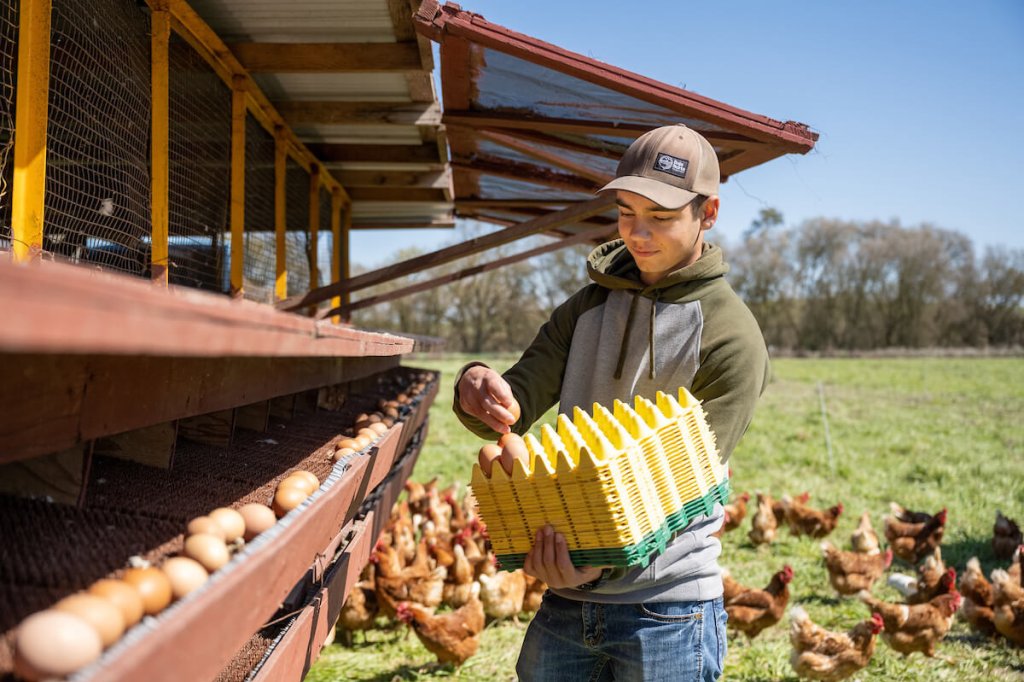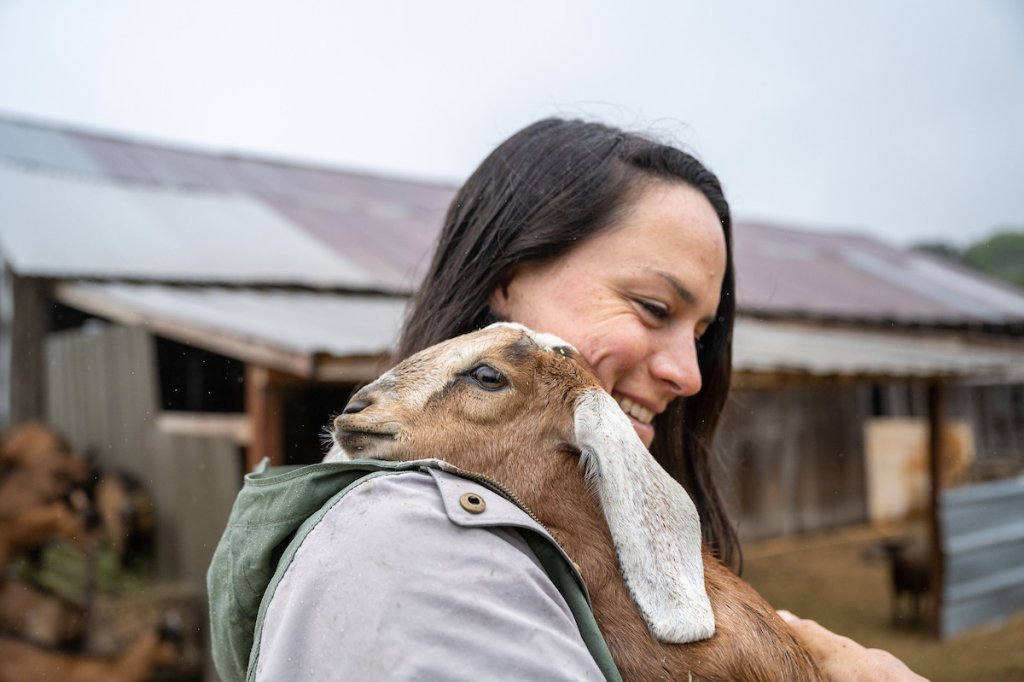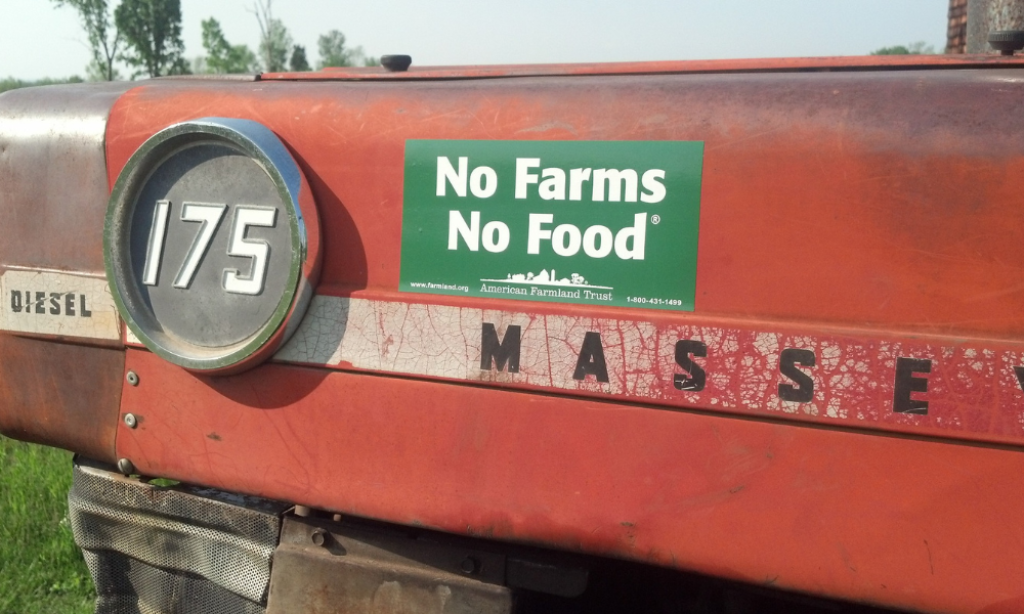Farms Under Threat in South Carolina
Working farmland and forestland are essential natural resources, driving economic prosperity and providing abundant food, iconic landscapes, and wildlife habitat. The agriculture and forestry industries generate $46 billion in annual economic activity in the Palmetto State, or 1 out of every 9 jobs. Increasingly, state residents are supporting their farmers by purchasing local products through Certified South Carolina Grown. Despite these strengths, there is fierce competition for the land base upon which agriculture and forestry depend. As the sixth fastest growing state in the U.S. – over 1.2 million new residents are expected by 2040 – there is a critical need for new policies and approaches that successfully balance demand for development with the imperative to conserve the state’s working and wild landscapes.
A recent AFT report, Farms Under Threat: The State of the States, found that South Carolina is at very high risk for future farmland loss. Over 280,000 acres of South Carolina farmland was converted between 2001 and 2016, giving the Palmetto State the eighth highest “threat score” in the nation. The bulk of the conversion occurred on cropland (37%) and woodland associated with farms (36%), with a lesser amount on pastureland (27%). Lexington County led the state in conversion, with over 29,000 acres of farmland paved over, fragmented, or compromised by sprawling commercial, industrial, and residential development.
Over sixty percent of the conversion in Lexington County was due to low-density residential land use, an insidious form of threat that fragments and disrupts agricultural landscapes. This low-density residential land use has been nearly impossible to map or measure – until now. AFT’s The State of the States introduced a novel method for identifying these areas, providing a key missing piece in the land protection puzzle. Our analysis showed that low-density residential conversion paves the way for future development: in Lexington County, agricultural land in LDR areas was six times more likely to be fully urbanized between 2001 and 2016 than other agricultural land.
Our work documenting farmland conversion in South Carolina has been covered in The State and the Greenville Journal. Raising awareness of these issues is a critical first step toward making change. Despite the threats, our comprehensive analysis of state policies that help secure farmland found that South Carolina has some of the weakest policy in the nation. There is a critical need to update and strengthen these policies and save the Palmetto State’s farms and forests, before it is too late.



